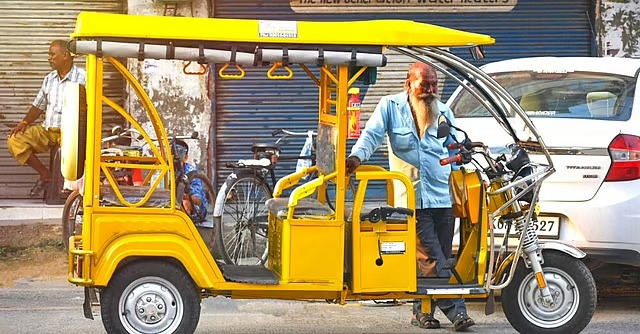Rangnekar, J.@mdashIt is conceded by Mr. Madbhavi that the point of limitation arising in this case is covered by the decision in Ardha Chandra Rai Chawdhry v. Matangini Dassi ILR (1895) Cal. 325. This case has been approved of in Rajendranath Kanrar v. Kamalkrishna Kundu Chaudhuri ILR (1931) Cal. 1057. There is no decision of this Court on the point.
2. The facts are that the appellant who was the defendant in the suit was absent on the day of hearing on January 24, 1934, and his pleader stated that he had no instructions from his client to proceed in the matter. Upon that the learned Subordinate Judge after recording the evidence of the plaintiff passed a decree against the defendant ex parte on February 13, 1934. On February 27, 1934, the defendant applied to have that decree set aside. But his application was rejected by the Judge on July 9, 1934. Against that order he appealed to the District Court on August 10. The appeal was dismissed on September 14, 1934. On September 29, 1934, he appealed to the District Court against the ex parte decree on the merits, and he claimed that the appeal was in time.
3. There is no doubt that the appeal was, on the face of it, then barred by limitation, but the defendant claimed the benefit of Section 5 of the Indian Limitation Act. That section so far as material provides that an appeal may be admitted after the period of limitation prescribed therefor, when the appellant satisfies the Court that he had sufficient cause for not preferring the appeal within such period. There is an explanation to the section which is in the following words :-
The fact that the appellant was misled by any order, practice or judgment of the High Court in ascertaining or computing the prescribed period of limitation may be sufficient cause within the meaning of this section." It is obvious that the explanation is not applicable to the present case.
4. The only question is whether the fact that the appellant took proceedings to set aside the ex parte decree can be held to constitute " sufficient cause " within the meaning of this section. It is difficult, in my opinion, to hold that on the facts there was any sufficient cause for not preferring an appeal within the period of limitation. It was perfectly open to the appellant to prefer an appeal against the ex parte decree on the merits whilst he was prosecuting his application to have the ex parte decree set aside. The result of accepting the contention of the appellant would involve considerable waste of time. It is conceivable that after his appeal from the order of the lower Court refusing to set aside the ex parte decree the defendant may think of applying to the High Court in revision and in that case considerable time may be lost. There is no reason why the appellant should not have pursued the remedies which the law allowed him and which seem to me to be concurrent. This view has found favour with the Calcutta High Court in Ardha Chandra Rai Choudhry v. Matangini Dassi ILR (1895) Cal. 325 where it was observed by the learned Chief Justice as follows (p. 327) :-
But the petitioner elected to make it, instead of appealing as (even supposing that the decree could be called an ex parte decree) he was entitled to do u/s 540 of the Code, and having failed in that application on the merits, we think we cannot now allow him to fall back upon the remedy which was open to him at the time, and of which he did not choose to avail himself." With that view I respectfully agree.
5. The result is that the appeal fails and must be dismissed with costs.

